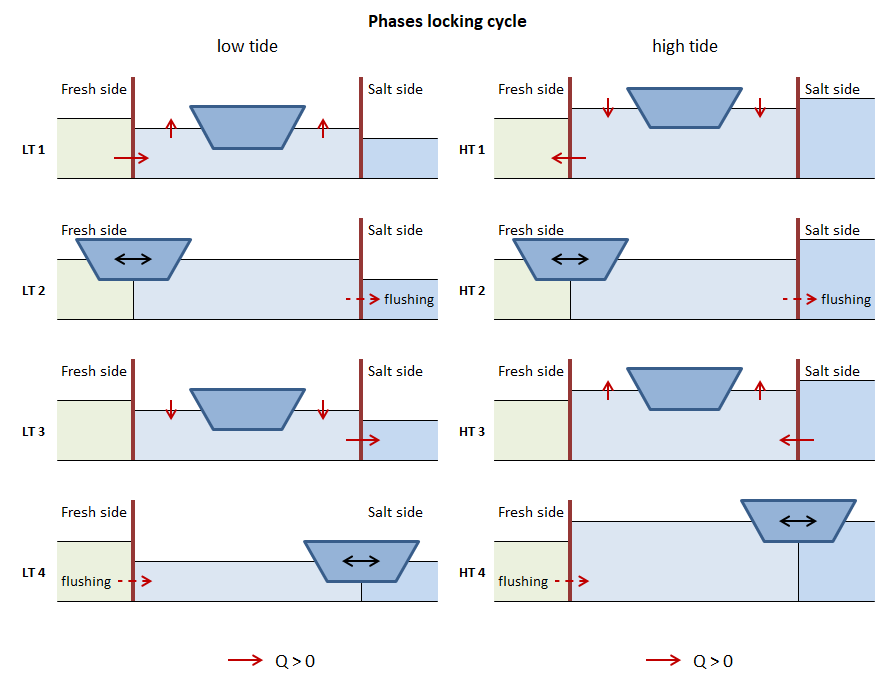...
| Tool | Category | G | S | I | |||
With this free smartphone application, collecting your own measurements of salt (EC) and nutrients (nitrate, ammonium, phosphate) in water and of nitrogen levels in soil is a piece of cake. The app makes scans, logs your location and produces results instantly. It is the perfect tool for stakeholder engagement, giving local stakeholders insight by doing their own measurements and at the same time providing a method to build their own database of measurements. The Aquality app can be used with all water samples (surface water, groundwater, drainage water, etc). This way salinisation and nutrients can be mapped and used e.g. to find local 'hotspots' or nutrient losses at the plot level. Creating awareness amongst stakeholders and gaining further insight into the local water system is the first step towards taking the right measures for sustainable fresh water management. Public results are available through the app or at https://nitrate-app.deltares.nl/ More information: Aquality App: participatory monitoring of fresh and salt | Stakeholder participation | ||||||
Deltares can test lock designs in the Lock Facility. It features brine storage and salt mixing tanks, as well as underground reservoirs for storage of salt- and freshwater. The Lock Facility was used to study the flow patterns around the salt screen used to selectively withdraw salt water near the new sea lock in IJmuiden. | Scale model | X | |||||
Computational Fluid Dynamics (CFD) Computational Fluid Dynamics analyses in salinisation projects are often carried out using Simcenter STAR-CCM+, a commercial CFD based simulation software. STAR-CCM+'s description of the buoyancy-term in the Navier-Stokes equations and k-epsilon turbulence models has been validated by Deltares. Other CFD software packages include D-HYDRO and OpenFOAM but these are used less frequently in salinisation projects | Computational Fluid Dynamics | X | X | ||||
iMOD is freely available and open source software for a wide range of ground water modelling tasks. iMOD consists of user interfaces, pre- and postprocessing software and computational cores based on USGS MODFLOW source code to support analysis of groundwater flow. | Computational Fluid Dynamics | X | |||||
A wide range of measuring and monitoring techniques is applied at Deltares to gain understanding of the salinity distribution and dynamics in the subsurface and in surface water systems. We have experience with Our expertise includes survey design (forward modeling), data collection, and processing (inversion, data fusion). Techniques Geophysical techniques include:
Environments:
| Field measurements | X | |||||
Quick assessment tool to calculate the influence of salt intrusion through shipping locks on the salinity of fresh water, which can for example be used to calculate the salinity at drinking water abstraction points or the salinity of irrigation water. The Sea Lock Formulation is the successor of WANDA-Locks and the Zoutlekmodel (literally: 'salt leakage' model). Previous box-models also included SWINLOCKS. | Quick assessment tool | X | |||||
...





